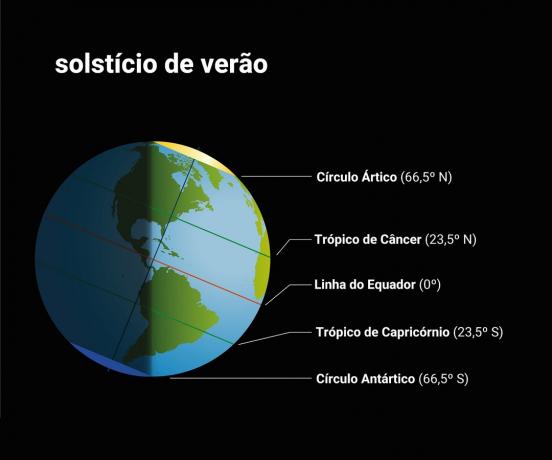Anabolism is a metabolic process of building muscle tissue with power consumption. As a result, there is production and increase of muscle tissue.
It is a biochemical synthesis reaction of the metabolism of human beings, which can be provoked, with physical exercise or occur due to biological factors, such as during the growth that occurs in the puberty.
In addition to the production and increase of muscle tissue, anabolism also takes place in other processes. Examples are: photosynthesis and protein synthesis in the body.
How does anabolism happen?
The anabolism process occurs from the transformation of simple molecules into complex molecules, with a consumption of energy for these metabolic reactions to take place.
This process involves several hormones, such as estrogen, testosterone and growth hormone (GH).
The provoked anabolism can be stimulated by two factors: physical exercise of endurance and strength (such as weight training) and balanced diet rich in protein (which can be animals or vegetables).
It is a constructive metabolic process that occurs during moments of rest, that is, when there is no requirement for muscular effort (rest).
Anabolism and physical activity
In physical exercise, the muscle tissue being exercised is damaged by exertion. After the practice of exercise, when there is a period of rest from this effort, the body produces a repair reaction from the affected tissues.
It is the process of restoring damaged muscle tissue that leads to an increase in muscle mass (lean mass), also called Muscular hypertrophy.
Learn more about Muscular hypertrophy and also see how the metabolism.
Difference between anabolism and catabolism
Anabolism and catabolism are different phases of the human body's metabolism processes. While anabolism provides the growth of muscle tissue, catabolism is the opposite process.
At the catabolism there is the breakdown of complex molecules into simple molecules. Because it causes this transformation, catabolism is a degradation or breakdown reaction.
In this case, unlike what happens in anabolism, there is an energy supply that is used to ensure the proper functioning of the human body, such as frequency balance control cardiac arrest.
Examples of catabolism are: the process of digesting food and transforming proteins into amino acids.
Learn more about catabolism and see what the difference between anabolism and catabolism.


